How To Winterize Your Home: 15 Must-Know Tips For Every Homeowner
Winter, with its frosty charm and cozy nights, can also bring its share of challenges. There’s something almost magical about the first snowfall, but with it comes the responsibility of preparing our homes for the colder months. The crisp air and shorter days signal it’s time to buckle down on those winter tasks around the house. Winterizing your home is more than a mere seasonal chore. It’s an essential practice to ensure your abode remains a warm sanctuary against winter’s harshness. It’s about transforming your space into a haven that not only withstands the cold but also embraces the unique […]

Winter, with its frosty charm and cozy nights, can also bring its share of challenges. There’s something almost magical about the first snowfall, but with it comes the responsibility of preparing our homes for the colder months. The crisp air and shorter days signal it’s time to buckle down on those winter tasks around the house. Winterizing your home is more than a mere seasonal chore. It’s an essential practice to ensure your abode remains a warm sanctuary against winter’s harshness. It’s about transforming your space into a haven that not only withstands the cold but also embraces the unique joys of the season. So, let’s roll up our sleeves and delve into the most crucial aspects of winterizing, ensuring our homes are as ready for the season as we are. Here is how to winterize your home like a pro.
We will show you how to winterize your home
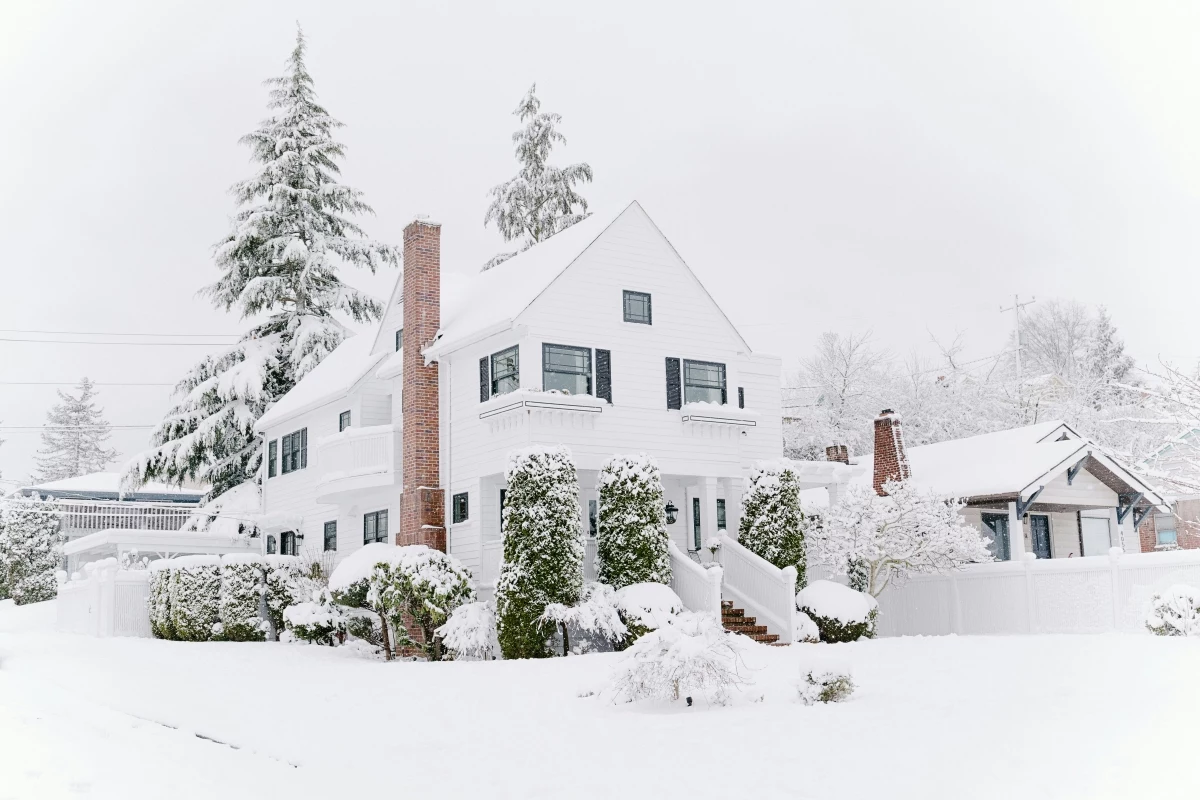
How To Winterize Your Home
Winterizing your home is an essential undertaking, requiring attention to various aspects that ensure comfort and safety during the colder months. It’s not just about keeping the cold at bay. It’s a thorough process aimed at enhancing your home’s energy efficiency and safeguarding it against potential winter-related damages. This comprehensive guide outlines ten critical tasks, each designed to fortify your home against the chill and whims of winter. Tackling these tasks can significantly improve your home’s warmth and efficiency, making the winter experience more pleasant and less burdensome. As you embark on this winterization journey, remember that each effort contributes to creating a snug, secure, and energy-efficient haven for the frosty days ahead.
Tackling these tasks can significantly improve your home’s warmth and efficiency

Seal windows and doors
Drafts in a home are like invisible intruders, creeping in uninvited and stealing warmth from your cozy spaces. Sealing these drafts is paramount in winterizing your home, a task that’s both economical and highly effective. Check all windows and doors, identifying any areas where cold air might be sneaking through. Using weatherstripping or caulk, seal these gaps meticulously. This process not only keeps the cold out but also significantly reduces your heating costs, making it an essential winter preparation step. It’s a simple yet powerful way to fortify your home against the cold, ensuring that the warmth your heating system works so hard to produce stays inside, keeping you comfortable throughout the season. Think of it as wrapping your home in a warm hug, keeping the chill at bay.
Drafts in a home are like invisible intruders
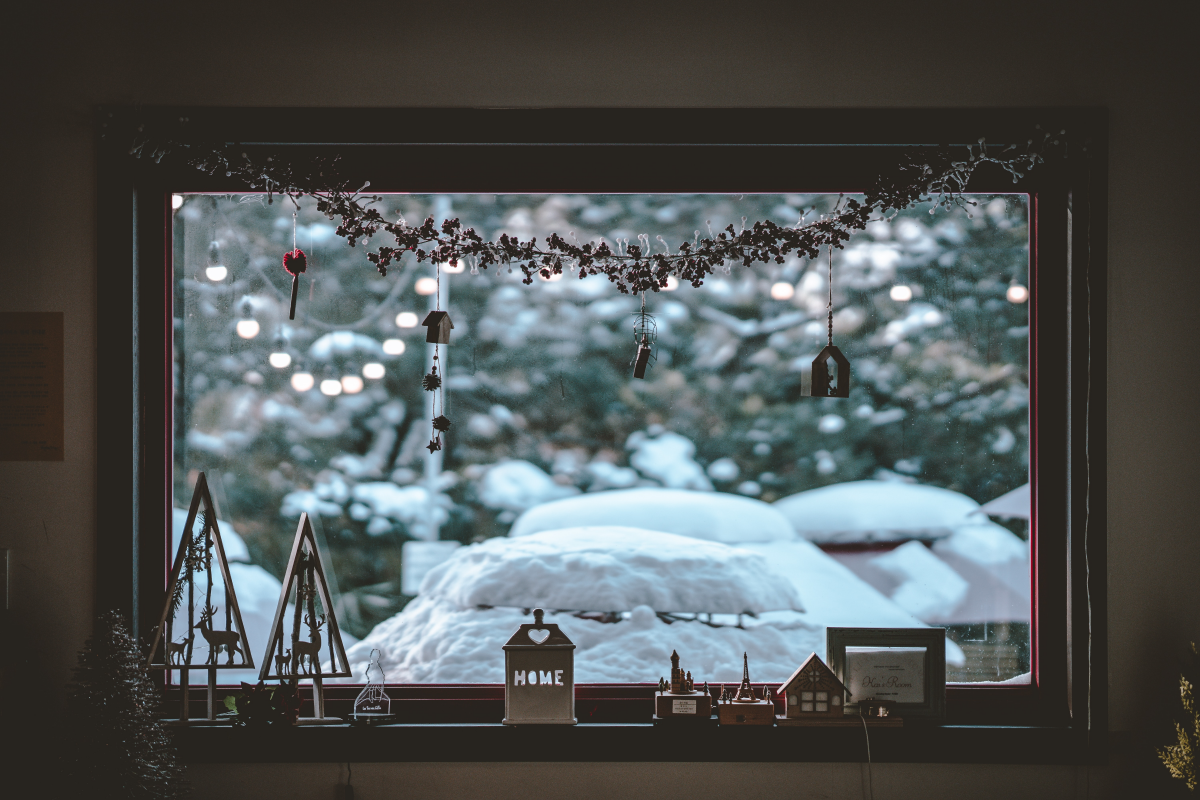
Inspect and clean the heating system
As the cornerstone of your home’s warmth during winter, your heating system deserves special attention. Before the full brunt of the cold season hits, schedule a thorough inspection and cleaning of your furnace or heating system. This preemptive maintenance can dramatically improve efficiency and prevent potential failures when you need heat the most. A clean, well-maintained heating system operates more effectively, ensuring that your home remains a warm refuge on even the coldest days. Regular servicing also extends the life of your heating system and can prevent costly emergency repairs. It’s an investment in comfort and reliability, ensuring that your home’s heating is ready to face the winter head-on.
Schedule a thorough inspection and cleaning of your furnace or heating system
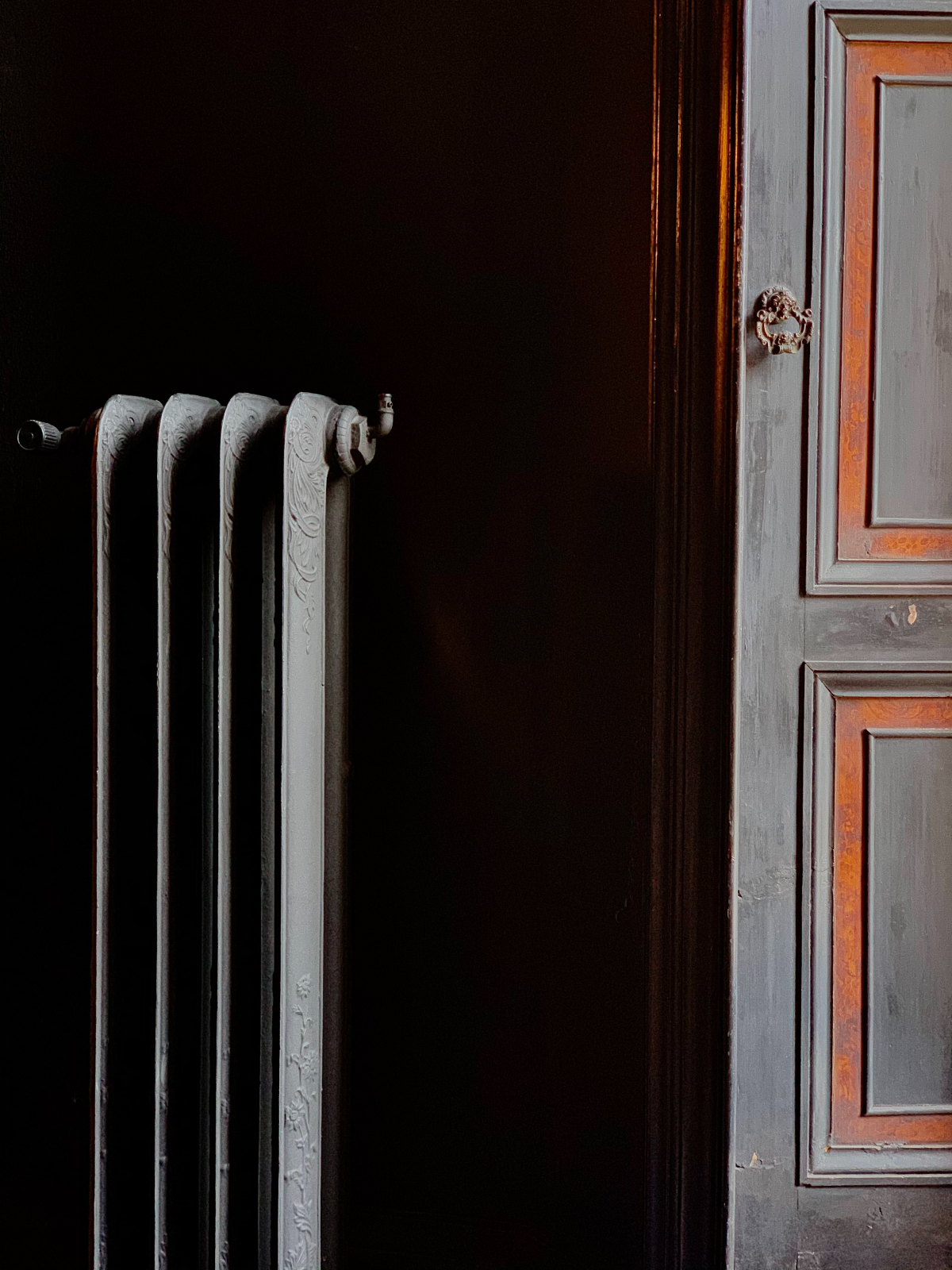
Reverse ceiling fans
The humble ceiling fan, often associated with summer cooling, has a lesser-known role in winter home comfort. By simply reversing the direction of your ceiling fan to spin clockwise, you can significantly improve the distribution of heat within your home. This action causes an updraft, gently pushing the warm air that naturally rises to the ceiling back down into the room. It’s a small adjustment with a big impact, particularly in rooms with high ceilings, where warm air tends to linger out of reach. By redistributing this warmth, you can enhance the overall efficiency of your heating system and potentially lower your heating bills. It’s a quick, effortless tweak that optimizes your home’s warmth during the chilly months.
Reverse the direction of your ceiling fan to spin clockwise
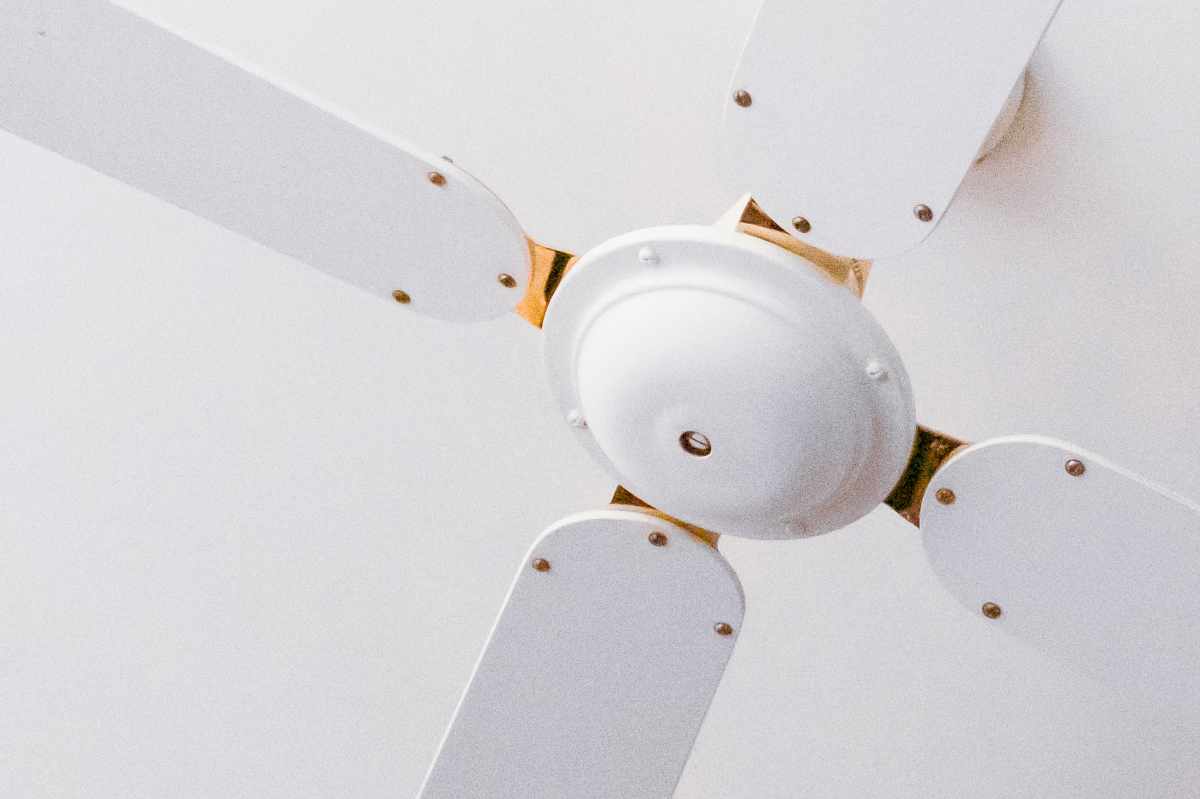
Insulate pipes
Winter’s icy grip can wreak havoc on unprotected water pipes, especially those in unheated areas like basements, attics, or along exterior walls. Insulating these pipes is crucial to prevent the costly and inconvenient disaster of frozen and burst pipes. Pipe insulation is a straightforward DIY project that involves wrapping exposed pipes with insulation sleeves or using heat tape for extra protection. This precaution not only safeguards your pipes against freezing temperatures but also helps conserve energy by reducing heat loss from hot water pipes. Taking the time to properly insulate your pipes is a proactive measure that can save you from the stress and expense of emergency repairs during the winter season.
Winter’s icy grip can wreak havoc on unprotected water pipes
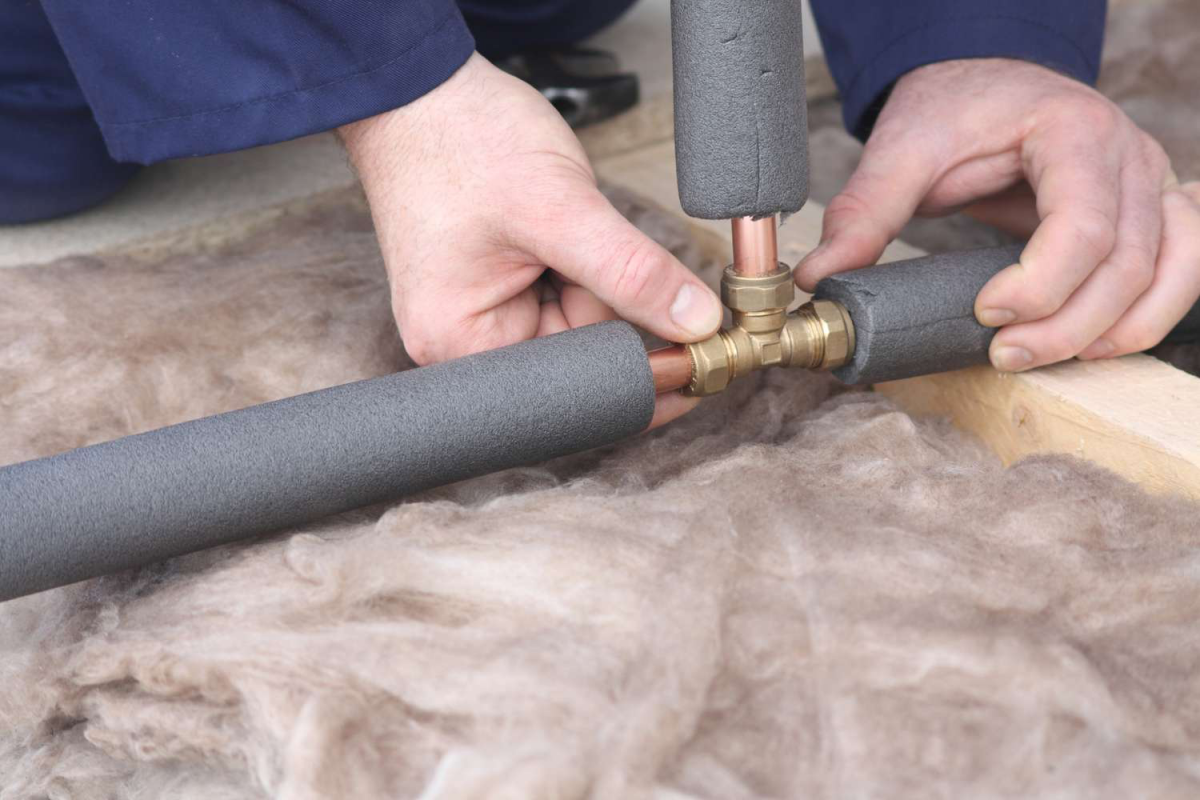
Clean the gutter
Ensuring that your gutters are free of debris is a critical aspect of winter home maintenance. Clogged gutters can lead to the formation of ice dams, a buildup of ice at the edge of the roof, which can cause significant damage to your home. Ice dams can force water under shingles, leading to leaks and structural damage. By regularly cleaning your gutters and downspouts, you ensure proper water flow away from your home, mitigating the risk of ice dams and associated water damage. This task, while often overlooked, is essential for protecting the integrity of your roof and home during the winter months. A clean gutter system is key to managing winter’s snow and ice, keeping your home dry and damage-free.
Ensuring that your gutters are free of debris is a critical aspect of winter home maintenance

Check the roof
The roof is your home’s primary defense against the elements, and its readiness for winter is crucial. Before the onset of harsh weather, conduct a thorough inspection of your roof. Look for damaged or missing shingles, potential leak spots, or any signs of wear that could be exacerbated by winter conditions. Addressing these issues in advance can prevent water damage, insulation problems, and costly repairs. Ensuring your roof is in good condition is essential for a fully winterized home. It’s not just about keeping out the cold. It’s about ensuring your home remains safe and secure under the weight of snow and ice, guarding against the ravages of winter weather.
Addressing these issues in advance can prevent water damage

Prepare the fireplace
If your home features a fireplace, preparing it for winter use is both a safety measure and a step towards cozy living. Ensure that your chimney is professionally cleaned and inspected for any obstructions or damage. A clean chimney not only functions more efficiently but also reduces the risk of chimney fires. Stocking up on firewood, if you use a wood-burning fireplace, sets the stage for many enjoyable, warm evenings by the fire. Preparing your fireplace for winter not only enhances the ambiance of your home but also provides an alternative heating source, adding to your home’s warmth and charm during the colder months.
A clean chimney reduces the risk of chimney fires
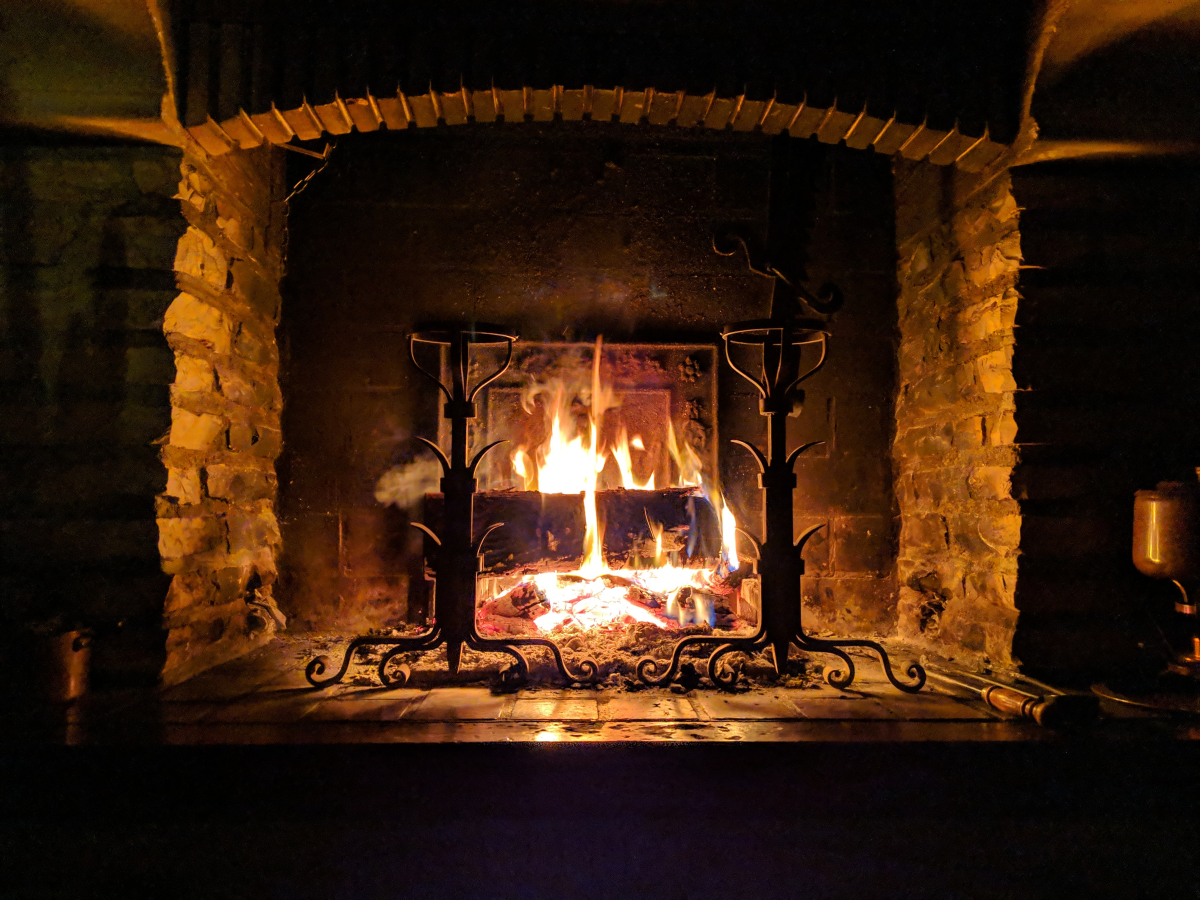
Install storm windows and doors
In regions with particularly harsh winters, installing storm windows and doors can be a game-changer. These additions offer an extra layer of insulation, creating a barrier against the cold and helping to maintain a consistent indoor temperature. Storm windows and doors not only enhance the energy efficiency of your home but also protect against wind and snow. They can significantly reduce heating costs, making them a worthwhile investment for those in colder climates. By adding these protective measures, you fortify your home against winter’s bite, ensuring a warmer and more comfortable living environment.
Storm windows and doors protect against both wind and snow

@This Old House
Programmable thermostat
A programmable thermostat is a must-have modern tool as it can significantly aid in winterizing your home. By allowing you to set specific temperatures for different times of the day, it optimizes your home’s heating usage. Lowering the temperature when you’re away or asleep can lead to substantial savings on your heating bill. This smart technology provides both convenience and efficiency, adapting your home’s temperature to your daily schedule. It’s an effective way to manage your heating costs, ensuring your home is warm when you need it and conserving energy when you don’t.
A programmable thermostat is a must-have modern tool

Outdoor preparations
The exterior of your home requires just as much attention in preparation for winter. Secure outdoor furniture, ensuring it’s protected from the elements or stored away. Drain garden hoses and shut off exterior water valves to prevent freezing. Check that snow removal equipment, such as shovels or snow blowers, is in good working order. These outdoor preparations are essential steps in winterizing your home. They protect your outdoor investments and prepare you for the practical demands of winter, from clearing snow to preventing outdoor pipe freezing.
The exterior of your home requires just as much attention
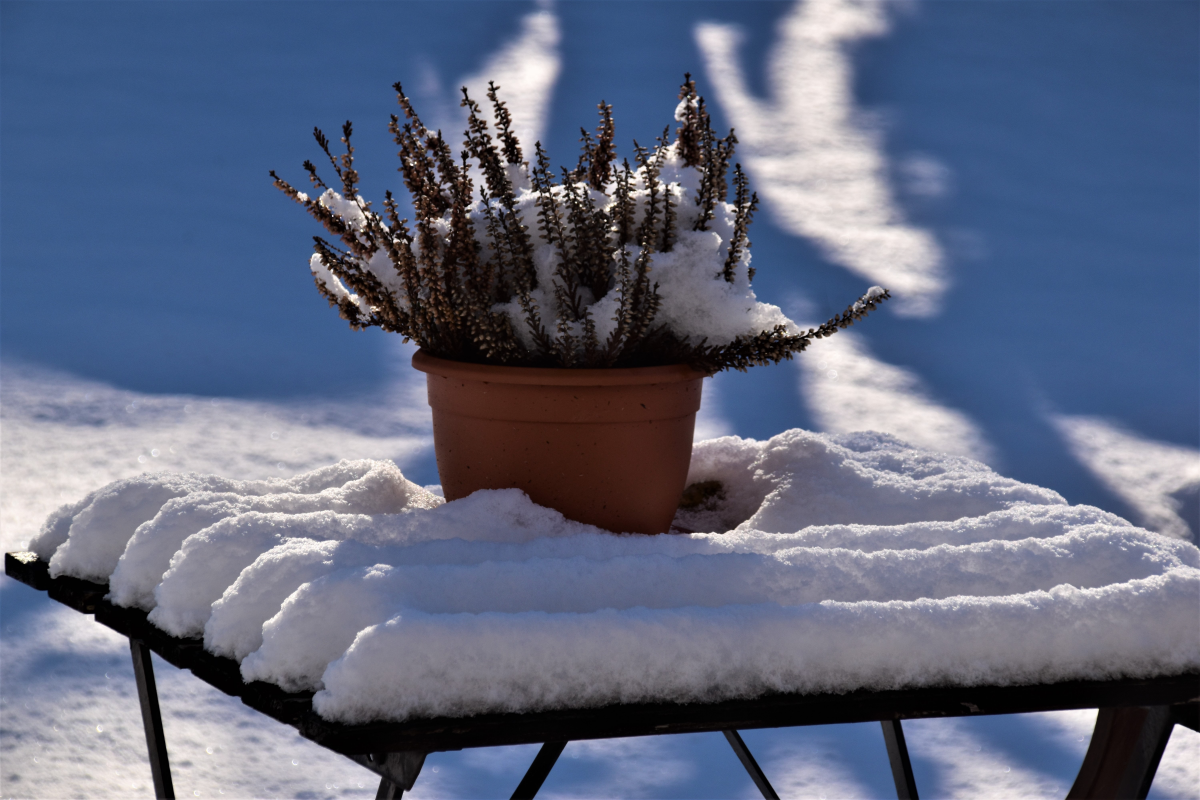
Check attic insulation
Proper insulation in your attic is a key factor in maintaining your home’s warmth during winter. Inspect the attic to ensure that the insulation is adequate and in good condition. If necessary, add more insulation to meet the recommended level for your region. Effective attic insulation prevents heat from escaping through the roof, significantly reducing heating costs and enhancing overall comfort. It acts as a thermal barrier, keeping warm air in and cold air out, making it a vital component of your winterization efforts.
Proper insulation in your attic is a key factor in maintaining your home’s warmth

Service the water heater
Your water heater works overtime during the colder months, so ensuring it’s in optimal condition is crucial. Schedule a service appointment to have it inspected and cleaned. Sediment buildup can reduce the efficiency of the water heater, leading to higher energy bills and potential malfunctions. Regular maintenance ensures that your water heater is operating efficiently, providing you with consistent hot water throughout winter. This not only adds to your comfort but also extends the lifespan of the appliance.
Your water heater works overtime during the colder months

@The Home Depot
Weatherproof outdoor faucets
Outdoor faucets are susceptible to freezing temperatures, which can cause pipes to burst. To prevent this, weatherproof your outdoor faucets by draining them and covering them with insulated faucet covers. If your home has an interior shut-off valve for outdoor faucets, use it to cut off water flow and then drain the remaining water. This simple but crucial step can save you from the costly and inconvenient ordeal of repairing a burst pipe.
Outdoor faucets are susceptible to freezing temperatures

Protect plants and shrubs
If you have a garden or landscaping, take steps to protect your plants from the cold. Use burlap or plant covers to shield sensitive shrubs and perennials from frost. Mulching around the base of plants can also provide insulation and retain soil moisture. For container plants, consider moving them indoors or into a garage. Taking care of your outdoor greenery ensures that your garden remains healthy and ready to bloom when spring arrives.
Use burlap or plant covers to shield sensitive shrubs and perennials from frost
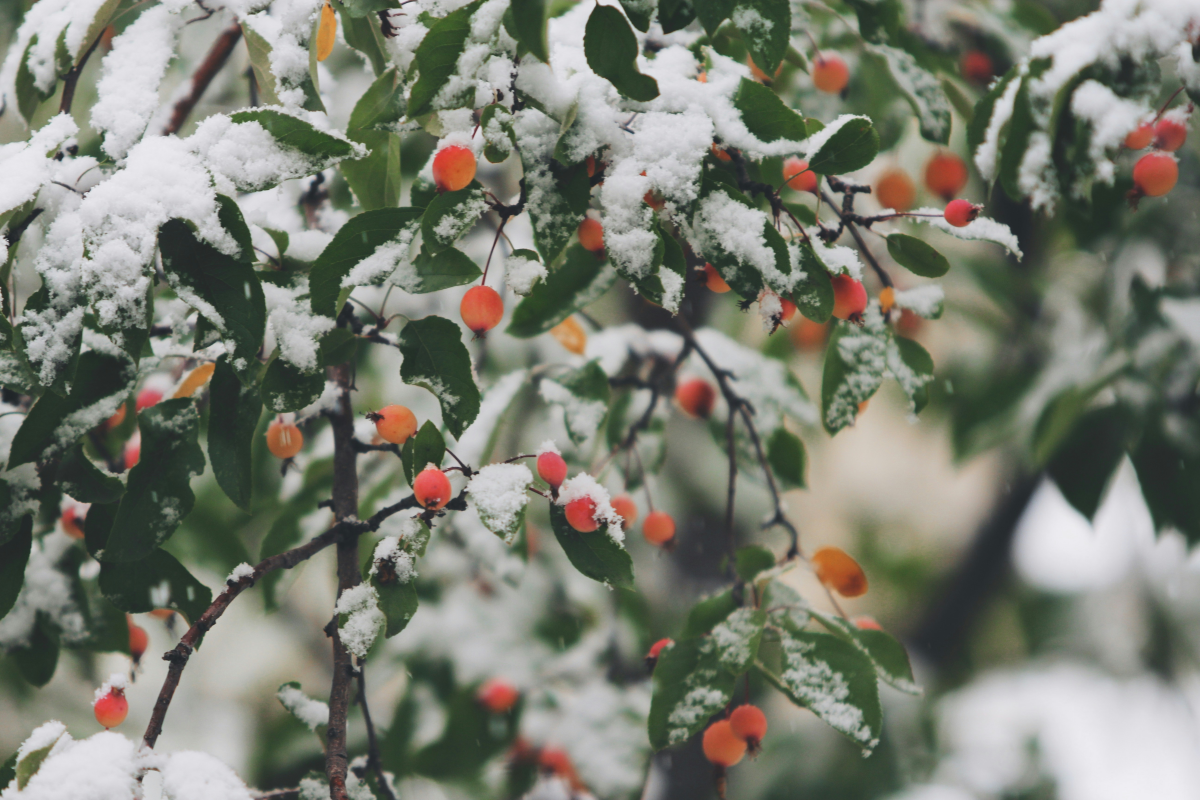
Inspect and clean the dryer vent
A clogged dryer vent can pose a fire risk, especially during the winter when the dryer is used more frequently. Inspect and clean the dryer vent to remove lint buildup. This not only reduces the risk of fire but also improves the efficiency of your dryer, saving you energy and money. Regular cleaning of the dryer vent is an often overlooked aspect of home maintenance that plays a significant role in your household’s safety.
A clogged dryer vent can pose a fire risk

Preparing your home for winter might seem like an extensive task list, but it’s an investment in comfort and peace of mind. Each step, from sealing drafts to inspecting the heating system, plays a crucial role in creating a warm and inviting home. Winterizing not only safeguards your home against the season’s harsh elements but also sets the stage for a winter filled with warm memories and cozy moments. So, as the temperature dips, take comfort in knowing your home is well-prepped to welcome winter’s beauty and bounty. Let the snowfall and the winds howl, while inside, it’s all warmth, comfort, and joy.
Now you know how to winterize your home like a pro

